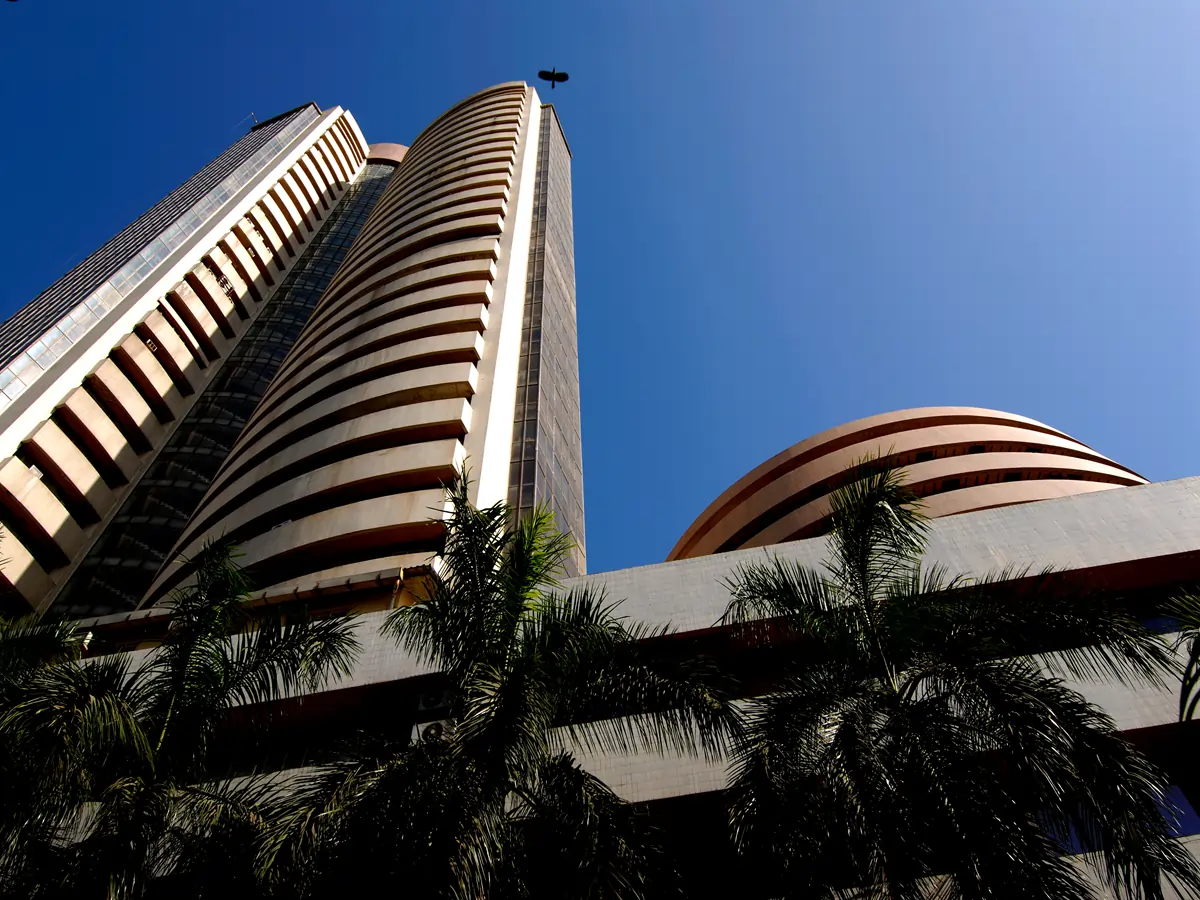Market News
Groww IPO: Here is how digital-first brokers transformed Indian capital markets

5 min read | Updated on November 04, 2025, 16:52 IST
SUMMARY
Indian capital markets witnessed exponential growth in recent year, which was led by digital first brokers. As Groww's IPO commences its initial public offering from today. Here is an overview of how digital first brokers transformed Indian capital markets.

In a span of five years, the total number of demat accounts in the Indian markets grew from around 4 crore in 2020 to 20 crore in 2025. | Image: Shutterstock
With Groww’s IPO, the digital-first broking segment has come into the limelight, having played a pivotal role in driving new investors to the market.
Just a decade ago, the trading and investing landscape wasn’t as easy and seamless as it is today. Opening a demat account was a cumbersome process, which involved signing 15 to 20 pages and attaching photocopies of documents and waiting for a week. In some cases, executing trades was also done through call-and-trade facilities. All these hurdles hindered the growth of the capital markets and made new investors reluctant to invest in stocks.
However, digital-first broking platforms like Groww, Zerodha and Upstox leveraged technology to make the entire process easy and flawless. As we explore the Groww IPO, here is how digital-first platforms scripted the revolution in the capital market.
How have digital-first brokers changed the broking business?
Digital-first brokers enable users to use their platforms for investing and trading in capital markets digitally, without any physical interference. Their entire process, from onboarding to executing a trade, is digital and with minimal costs. In contrast, traditional brokers rely on acquiring customers through their physical branches as well as digital channels. They provide trading, investing, research and advisory, and distribution services at a cost higher than digital-first or discount brokers.
As India’s technological infrastructure improved, the KYC process became completely digital. As a result, the onboarding process shrank from days to minutes and could be completed with just a few clicks. Digital-first brokers invested heavily in digital infrastructure and grabbed the opportunity to gain market share.
Market share gain for digital-first brokers
The demat account addition until 2020 was in a stable range of 3-4 million per year until Covid-19 struck and left the world paralysed. The initial reaction to markets was also devastating, with the NIFTY50 crashing over 30%. Within days, the Indian market along with most global peers recovered, and buoyancy about growth fuelled the relentless market rally to new record highs. This attracted investors towards markets in droves, as they looked for avenues to enter the capital markets and participate in the rally. Digital brokerages were well-positioned to capitalise on this opportunity, which led to a huge influx of new investors into the markets. In a span of five years, the total number of demat accounts in the Indian markets grew from around 4 crore in 2020 to 20 crore in 2025.
The digital-first service brokers addressed the key pain points of consumers, like an easy onboarding process, transparency, and customer customer-friendly user interface. As a result, 76-78% of all active clients on the NSE come from the digital-first brokers as of FY25.
Superior profitability metrics
As digital-first brokers rode the wave post-2020 and saw exponential growth in client addition, their operational metrics also improved substantially. The average revenue growth for digital investment platforms grew by 32-34% CAGR from FY22 to FY24, compared to 20-25% for traditional brokerages. The top four players, including Groww, Zerodha, Angel One and Upstox, grew at a 60% CAGR in the same period. Similarly, their EBITDA margins were as high as 47% for some, far surpassing the industry average. Lastly, their profit after tax (PAT) grew at a 42% CAGR for the same period, much higher than the 31% growth seen by traditional brokers.
What lies ahead?
The opportunity for digital-first brokers to expand the overall market is enormous, considering the relatively low financial participation in India. When compared to mature markets like the US and Japan, where the penetration of financial assets is deeper at 62% and 15% respectively, India is currently at 5% as of FY25, implying ample opportunity for growth. The total addressable broking market currently stands at ₹500 billion and is expected to grow to ₹900 billion by 2030. In addition, the digital-first broking platforms are now evolving into full-service wealth-tech platforms offering value-added services like wealth management, distribution of financial products like mutual funds, insurance, fixed deposits, loans, etc. This value addition is expected to be revenue accretive and holds overall market potential of ₹2.6 trillion collectively, including broking, wealth and asset management business.
In conclusion
The opportunities of digital-first investment platforms are immense, with risks balancing out growth potential. However, it's important to note that investment, wealth management and broking are part of a regulated industry, and any changes in the regulations could hamper their revenue as well as operational metrics. Having said that, digital brokerages seem well positioned to lead the next wave of growth in the Indian capital markets.
About The Author
Next Story

